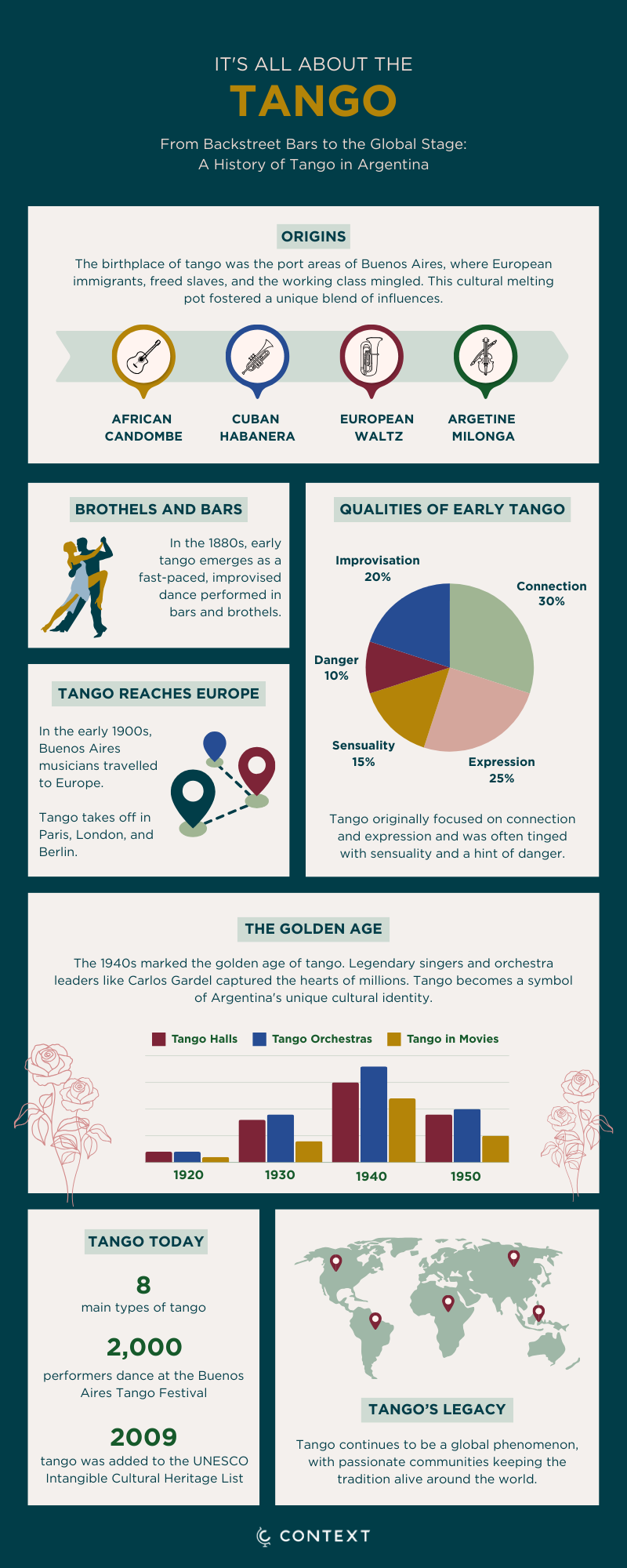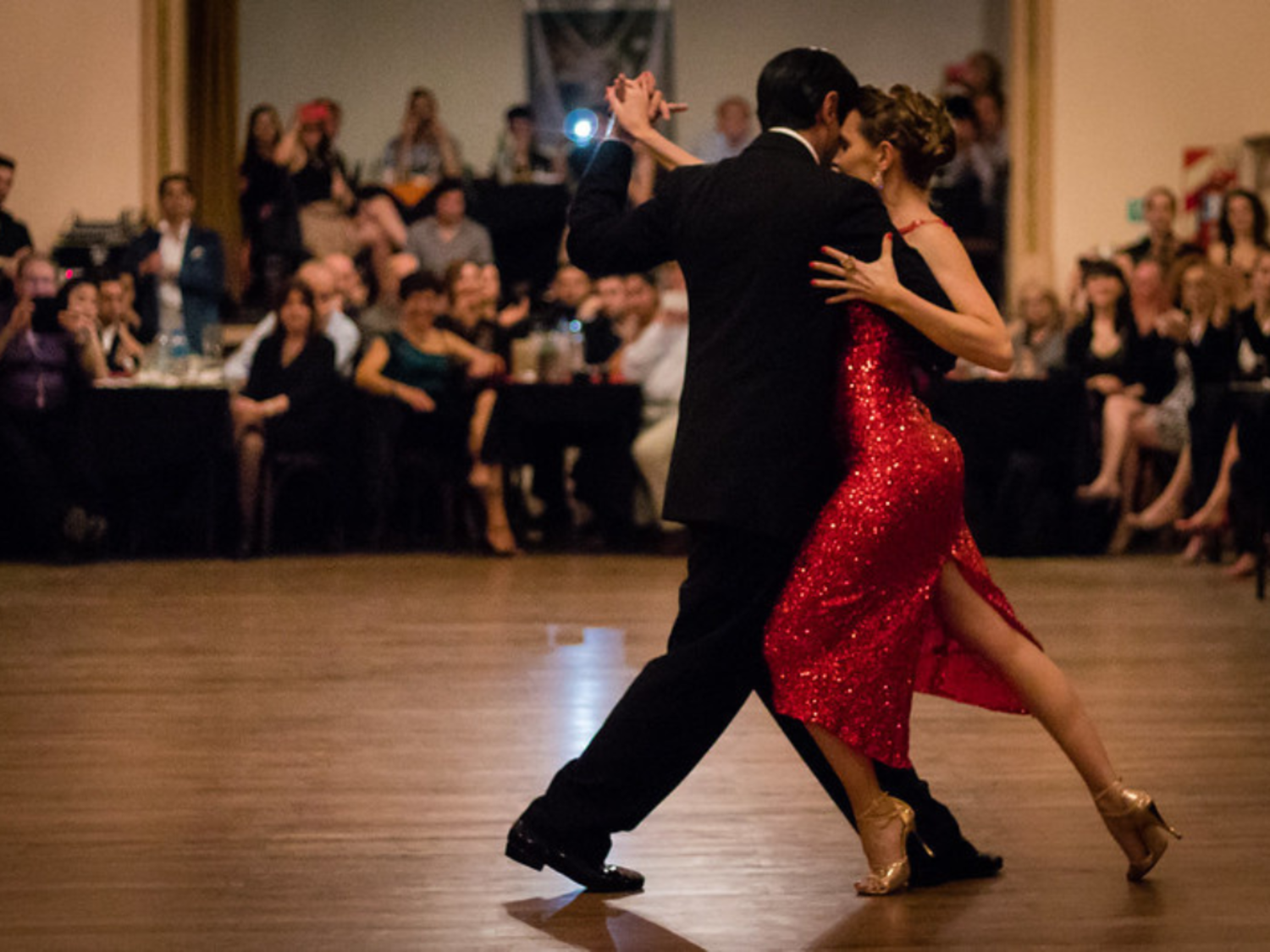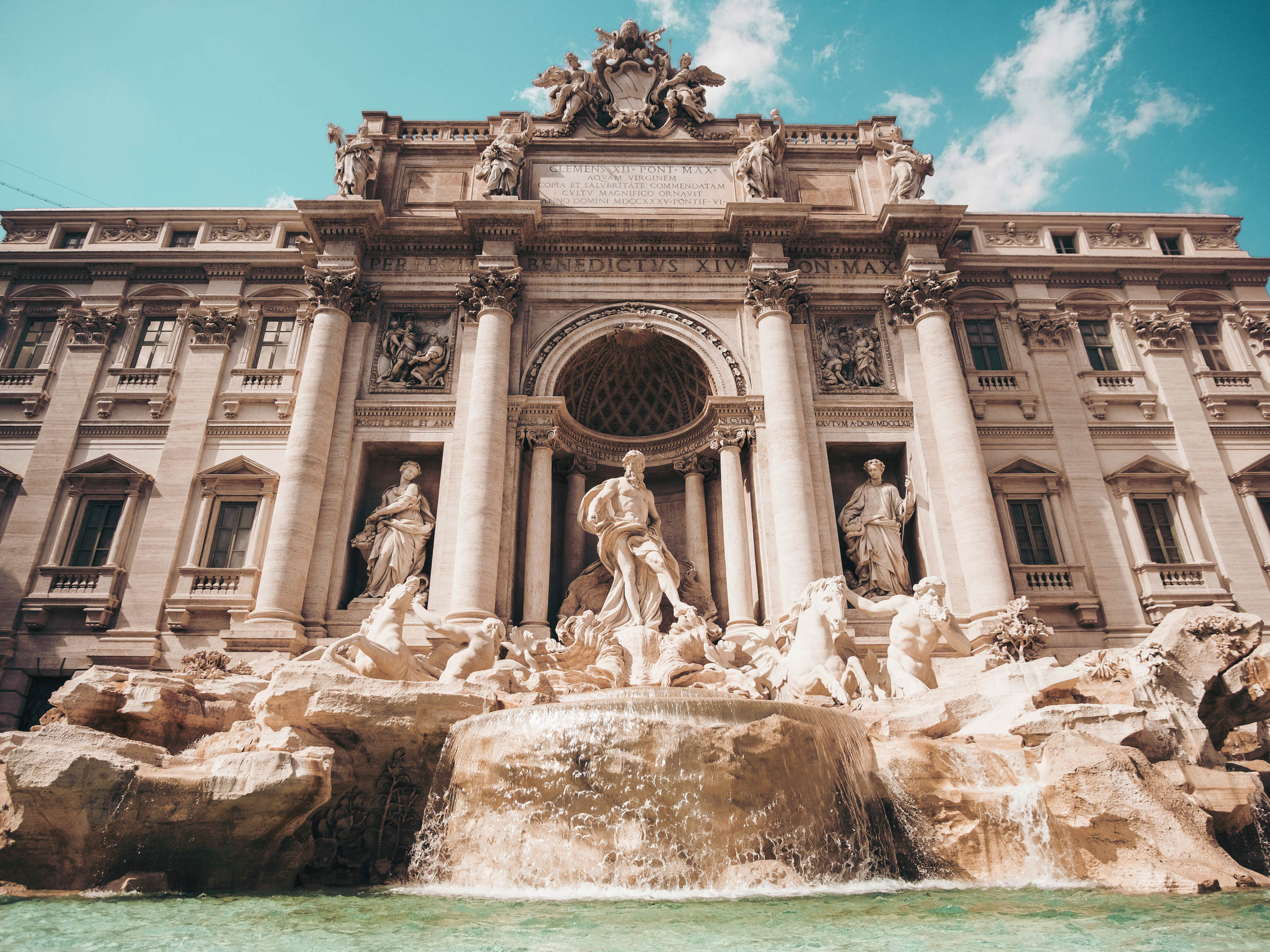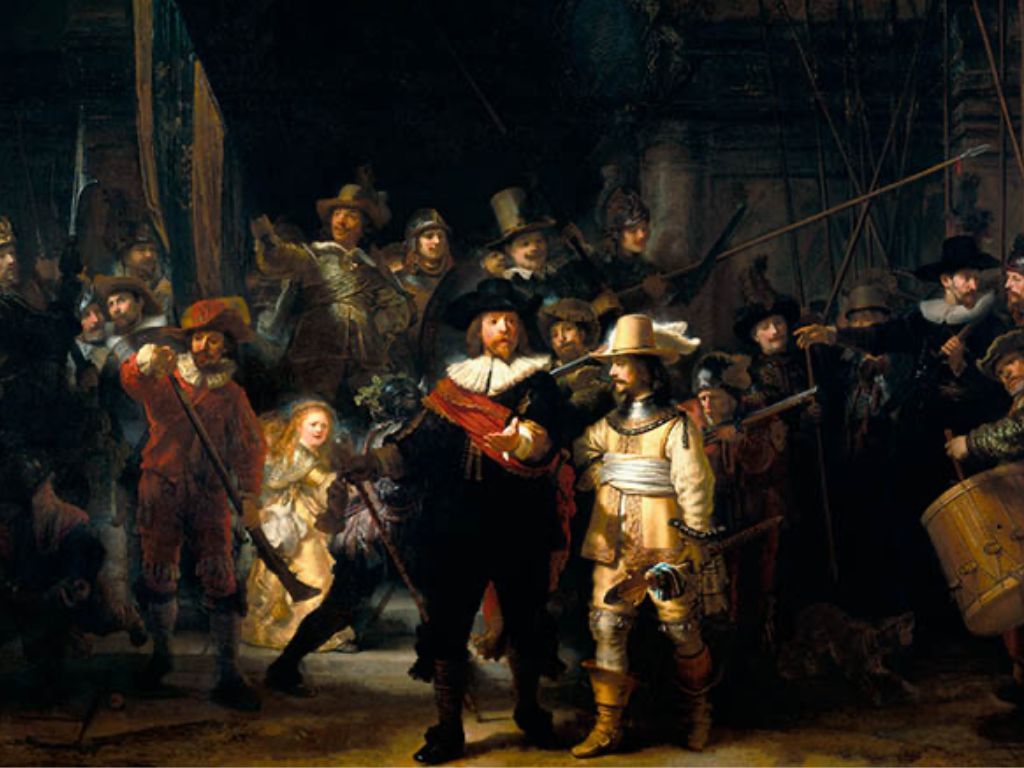Tango, a dance of passion and drama, has become synonymous with Argentina. But its captivating history began far from the grand ballrooms it now occupies, emerging from the vibrant, underprivileged corners of 19th century Buenos Aires.
A Melting Pot of Movement
In the ports of Buenos Aires in the late 1800s, European immigrants, freed slaves, and the working class mingled. This cultural melting pot combined the rhythmic beats of African candombe, the melancholic melodies of the Cuban habanera, and the elegance of European waltzes. The musical notes and traditional dances of each swirled together to give birth to the tango.
Early Tango: A Raucous Affair
The early tango was a far cry from the sophisticated dance we know today. It was a fast-paced, improvised dance performed in working-class bars and brothels. The focus was on connection and expression, often tinged with a spark of sensuality and a hint of danger.
The Climb Up the Social Ladder
By the early 1900s, tango began to gain traction in the upper echelons of Argentine society. In the 1920s, tango spread rapidly through Paris, where Parisian composers were drawn to its exotic allure, and moved quickly into London and Berlin. The dance itself became more refined, with a slower tempo and a more controlled style.
The Golden Age and Beyond
The 1940s marked the golden age of tango. Legendary singers and orchestra leaders like Carlos Gardel captured the hearts of millions with their soulful music and poetic lyrics. Tango became a national treasure, a symbol of Argentina's unique cultural identity.
Tango's Legacy
Despite facing periods of repression since its original decline in the 1950s, tango has endured. Today, it's a global phenomenon, with passionate communities keeping the tradition alive around the world.
Next time you witness the captivating movements of a tango, remember its rich history, born from the streets of Argentina and fueled by a vibrant mix of cultures and emotions.
Traveling to Buenos Aires soon? Book your own Tango Tour to discover the codes of conduct in tango society, learn how to talk like a milonga, and understand the difference between various styles of dance and music.














